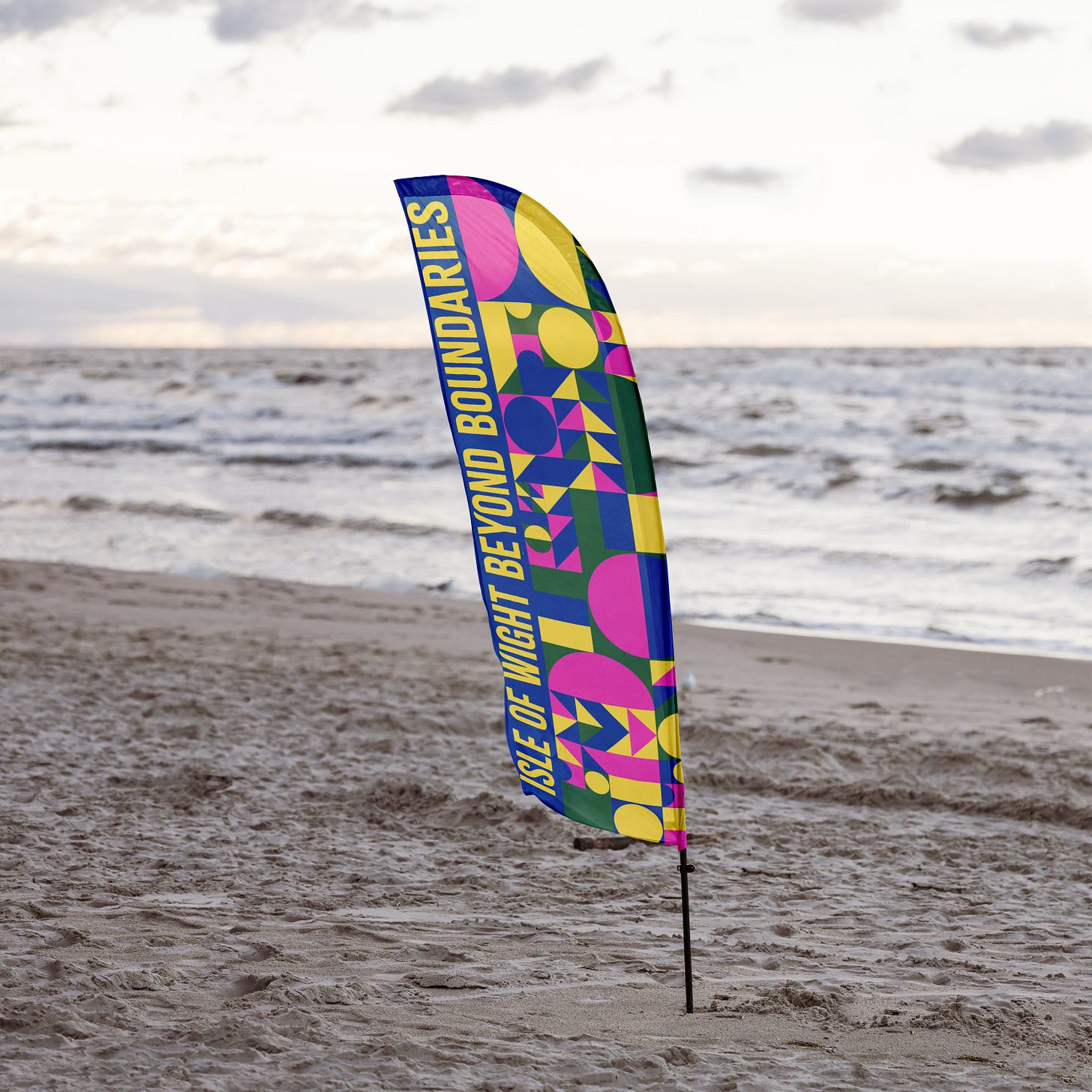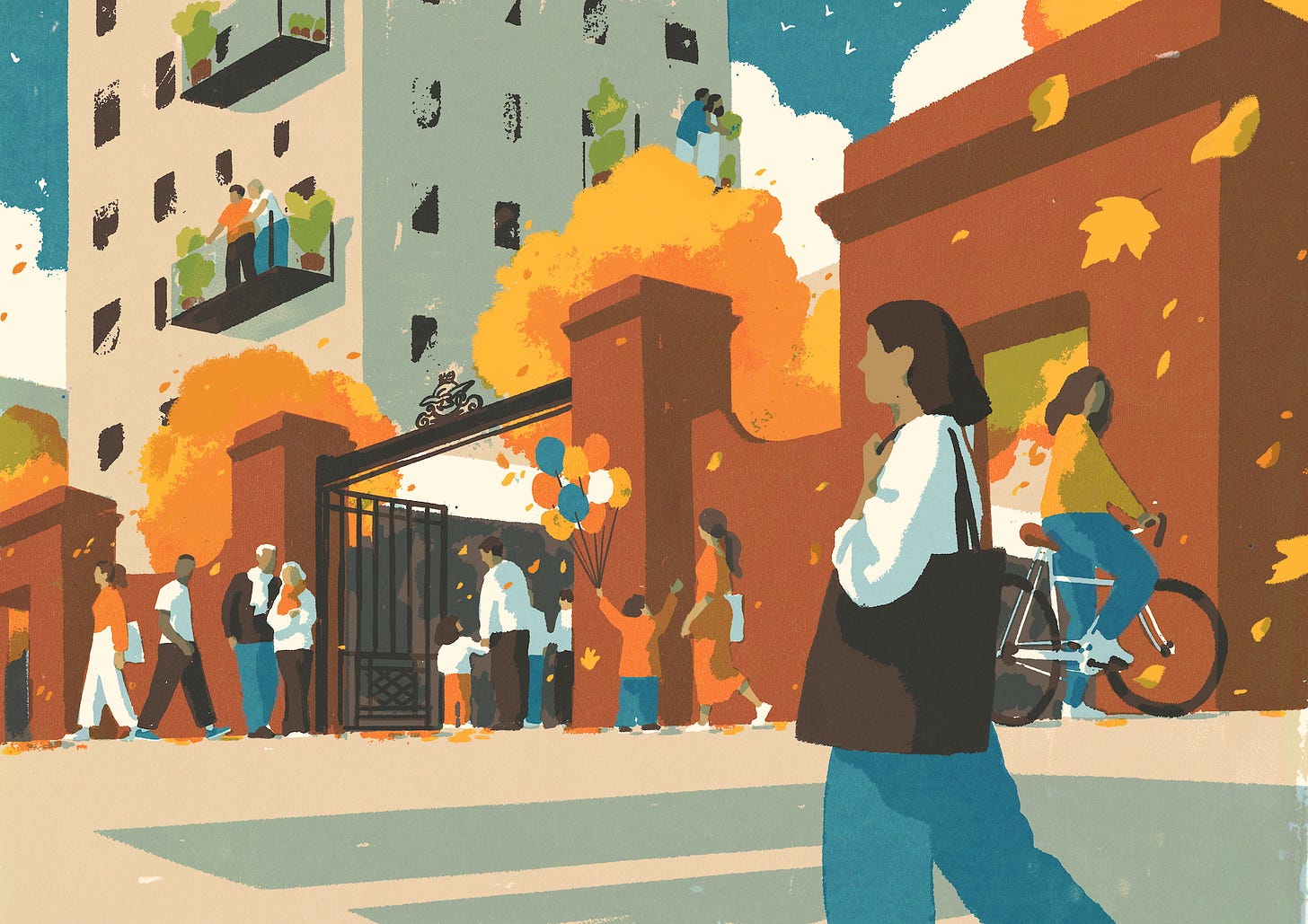We believe that every place holds a story — and crafting that story is key to shaping its future. A compelling narrative doesn’t just describe what a place is; it paints a picture of what it could be. It connects people emotionally to a shared vision, inspiring action and creating alignment among stakeholders, decision-makers, and communities.
But how do you create a narrative that feels authentic, aspirational, and actionable? Let’s break it down…
WHAT makes a great Place Vision?
At The Place Bureau, we have shaped hundreds of place visions, totalling over £40billion worth of GDV. A vision and good narrative is key that holds the place's proposition together and helps funders and stakeholders really ‘feel’ what this place is for and what it’ll be. So how do we take everything we’ve learned about a place through our research, foresight work, engagement and futures workshops, and boil that down into a concise and compelling vision?
Here’s how to transform a good vision statement into a truly great one, it needs to be:
Concise: A powerful vision gets straight to the point, capturing the essence of the issue in just a few clear sentences.
Authentic: It should feel unique — so specific to the place that even without its name, people would still recognise what it’s describing.
Motivational: A great vision inspires action. It should leave people feeling energised, eager to contribute, and ready to make a difference.
Credible: Ambition is essential, but it must feel achievable. A vision that’s too far-fetched risks losing people’s trust and engagement.
Aligned: Places often involve many stakeholders with different goals. A strong vision bridges these differences, aligning diverse groups around a shared purpose.
Memorable: This is your opportunity to spark emotion — surprise, delight, or even tug at the heartstrings. A touch of creativity can make your vision stick in people’s minds, leveraging the power of emotional decision-making.
Place Vision vs Place Narrative
A vision and a narrative can often be the same thing, but their style and purpose is also quite distinct. A vision defines the ambition, articulating the bold “what” and “where” a place wants to go. A narrative takes that ambition and weaves it into a story that resonates emotionally, making the vision feel real and tangible. Together, they align purpose with possibility, creating a powerful foundation for change.
How long is a Place Vision?
This depends on the project. A client might want a single, concise statement, just one sentence long, or a vision statement might form the introduction to an investment prospectus, and therefore there’s room to turn it into 2-3 paragraphs and build out some detail.
We may want to support the vision with a ‘playbook’ that brings together some of the research that informed the vision and some principles that break down the vision and show how it comes to life. Lastly, if we’re got a bit of creative license, we think that a vision works really well as a film, allowing us to bring in imagery and sound to support the story and set the tone.
WHY Is Narrative Essential to Shaping the Future?
A strong narrative is the emotional thread that ties a place’s vision to its people, making the future feel tangible and relatable.
Studies have shown that storytelling increases emotional engagement by up to 22 times more than facts alone (Harvard Business Review). Similarly, communities that feel connected to a vision are 30% more likely to actively support and participate in its realisation (Project for Public Spaces). Whether it’s residents imagining new possibilities or investors recognising untapped potential, a compelling narrative builds momentum for change.
In today’s rapidly changing world, where places compete for attention, investment, and relevance, a clear narrative has never been more important. As urbanisation accelerates — by 2050, nearly 68% of the world’s population will live in cities (United Nations) — places must stand out not only through their functionality but also through their emotional and cultural appeal. Places with strong, well-defined narratives experience 20-25% higher levels of tourism and investment because their stories resonate with both visitors and stakeholders (World Economic Forum). Without a clear story, even the most visionary plans risk feeling disconnected, vague, or unrelatable, losing the ability to inspire or align.
A well-defined narrative does more than inspire—it serves as a foundation for decision-making and action. It ensures consistency and alignment across design, branding, policy, and community engagement, uniting diverse efforts under a shared ambition. Research from McKinsey highlights that places with clearly articulated visions and narratives achieve 50% better stakeholder alignment, leading to more successful and sustainable outcomes. At The Place Bureau, we use narrative as a bridge between vision and reality, ensuring that every decision—whether large or small—contributes to a future that is cohesive, meaningful, and full of purpose.
HOW have we helped destinations to define their vision and narrative?
Silvertown Quays, London
Silvertown Quays lies at the heart of the Royal Docks, home to the infamous Millenium Mills heritage buildings and a body of water the size of Central Park. Left derelict and disused for around 40 years, how could this iconic site be restored to realise its cultural potential as the centrepiece of a new waterside community?
The Place Bureau led the vision, working with Lendlease, GLA Royal Docks and Starwood Capital, and the team at This Must Be The Place. The team curated and facilitated three high-energy design charrettes on-site with 22 placemaking provocateurs to inspire the development and investment teams and push the ambition.
This 50 acre site is now being redeveloped as the cultural heart of the Royal Docks, transforming into a district rich in venues, incubator workshops, dockside parklands, and 6000 homes.
Our work established a ʻPlace Platform’ that became the foundation for the masterplan and briefing of all architects and designers involved in the site, ultimately leading to a successful planning application to unlock this £3.5bn waterside district.
“Working with intuitive methods and imaginative minds, The Place Bureau team answer “why here?” and “what next?” as eloquent concepts and ideas for designers. They are also great fun to work with, finding the material and ideas that others didn’t see or couldn’t articulate.”
Jason Prior, Director, Prior + Partners
Bristol Temple Quarter, UK
The transformation of Bristol Temple Quarter is one of the UK’s largest regeneration projects. The project will transform over 135 hectares of brownfield land over the next 25 years into a series of thriving, well-connected mixed-use communities. Delivering 10,000 new homes, 22,000 new jobs alongside £1.6bn annual income to the city economy, this is an opportunity to tackle the challenges the city faces head on.
But what makes Bristol such a distinct city? The Place Bureau worked closely with the Bristol City Council team, masterplanners Prior + Partners, and hundreds of stakeholders and community members to define this sense of place. This unique city has a very distinctive attitude and outlook, and the aim was to craft a vision that is quintessentially Bristol.
Have you recently seen a great place vision out in the world? What was it that sets it apart? We’re always on the look out for the best (and the worst!) in visions across the UK and beyond.








